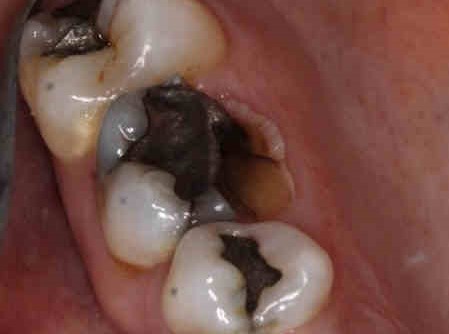A patient walks into a dental office because a tooth cracked or broke.
The dentist says, “Tell me how it happened”.
The patient says, ” I don’t know, it just broke for no reason.”

This is a very common exchange in the dental field, however a tooth suddenly breaking doesn’t have to be a common occurrence. Think about how objects crack or shatter. A window usually shatters or cracks when a rock is thrown at it. A crack in a sidewalk will occur from a heavy force or pressure. Walls crack if the building shifts or if it is experiencing excessive force or pressure. If a rock doesn’t hit the window it won’t shatter and if an anvil doesn’t fall from a tall building onto the sidewalk it won’t crack, and if the window shatters or the sidewalk still cracks without the help of a rock or an anvil there is certainly a reason. Maybe the window pane was squeezed too tightly into the window opening and it shattered under the compression and pressure. Maybe an earthquake cracked the sidewalk. There is always a reason and a root cause for a crack or break, whether it is a crack or break in a tooth, a window, a building, or a sidewalk.
It is important to uncover the root cause for a crack or break in your tooth before it damages your tooth right down to the root! At your comprehensive exam appointment we will take photographs and xrays to identify if there are any crack lines, gum recession, or areas of significant wear on your teeth. With this documentation we will be able to monitor potential changes and deterioration over time, specifically regarding erosion and fractures due to acid or excessive force.
The human jaw has a biting force equivalent to being crushed by a huge boulder. Every time you open and close your mouth the weight of that boulder causes pressure that impacts your teeth. When your jaw is constantly clenched or misaligned the weight of that pressure becomes more significant and more forceful. Clenching your jaw is like squeezing your teeth between two boulders. What do you think would happen if you placed a tooth between two boulders? The tooth will break, and if it doesn’t break completely it will certainly crack, chip, or fracture. Teeth are strong when they are protected and taken care of, and fragile when they are under stress and experiencing forceful trauma.
Clenching and grinding your teeth will crush your teeth over time. Clenching and grinding your teeth will wear down the surfaces of the teeth. Clenching and grinding your teeth with cause your gums to recede because they are no longer able to hug the tooth tightly. The pressure from the clenching and grinding causes the gum tissues to loosen their grip around the tooth.
If you have strong, healthy enamel it may take you a while to see the implications of clenching and grinding your teeth, but if your teeth are decayed and their enamel is missing your teeth can tolerate even less force and pressure. To a tooth without enamel the chewing force is even more powerful. Tooth enamel is a hard tissue that covers and protects a tooth like a suit of armor, but a suit of armor is only effective if it is in tact. What happens if you pour acid on something? It rusts and causes deterioration.
Exposing your precious tooth enamel to excessive amounts of acidic foods and drinks will also cause deterioration. The acid will eat away at the enamel and weaken the tooth structure making the chewing force, clenching, and grinding much more damaging. Loosing that protective enamel makes the tooth weak because its shield of armor is gone.
Pressure, acid, and decay will cause cracks and breakage in a tooth just like they will cause cracks and breakage in other structures. We like to gather signs of enamel loss, tooth decay, clenching, and grinding and then determine the root cause of these problems. We don’t want to see your teeth crack or break, and if they do crack or break we want to learn why and help you find a resolution so that it doesn’t happen again.
We would love to help you learn more about jaw force, gum recession. and enamel loss.
